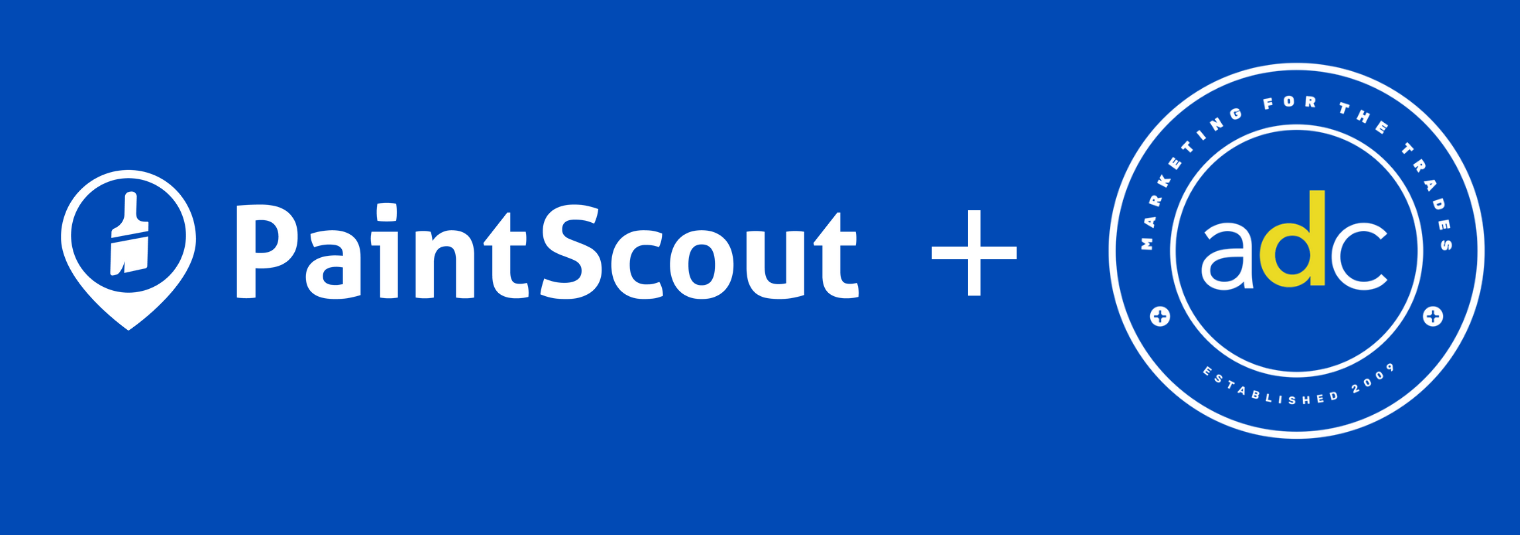
4 Tips for Crafting a Proposal That Closes
As contributed by A David Creation
#1: Start By Asking the Right Questions
Okay, back up a bit to your estimate. It’s important to follow the classic 80/20 rule, listening to your prospect far more than talking. What are their fears, their hopes, their goals? Do they have any unique obstacles or considerations to factor in? Asking the right questions provides the material you need to build the ideal proposal.
#2: Now Answer Those Questions
You listened, you asked questions, you took notes… Time to weave your big takeaways into the proposal, making it strategically address your prospect’s concerns. Talk about what matters to your client, not just what you want them to know.
#3: Focus On the Client, Not Your Company
“We offer exceptional craftsmanship, standards, and—” Nope! They don’t care, plus the other two quotes they received all said the same thing. No matter how professional you are or how much value you offer, their buying decision is going to be founded on emotion more than almost any other component. They need to feel heard and to feel confident that you can minimize their risk. So, rather than focus on what you offer, focus on what they communicated to you and how you can help deliver what they’re looking for. If you have specific credentials to share, save those for the bottom of your proposal, keeping the client’s needs at the top.
#4: Present a Clear Next Step
Don’t leave the ball in your client’s court, hoping for a callback. Drive the process. For example, rather than ask them to reach out with questions, tell them that you need “15 minutes to review it together.” Keep them engaged, and keep them moving toward the signed contract.
Bonus Tip
A tool like PaintScout makes having a clean, clear proposal so much easier. It can also be worthwhile to have templated proposals all locked and loaded for several common scenarios, just to streamline the process and save you time. The client is moving? You have a template customized for that. Older home? You’ve got something on file. This way, you can have the best of both worlds: a template but also a degree of customization that will make your proposal stand out.
What’s the takeaway?
Don’t miss out on the power of a well-crafted proposal. It doesn’t come after the sales process – it’s an integral part of the sales process.
Thanks to David Chism at A David Creation (ADC) for contributing this blog post. To see more from ADC, check out these links!
Website: adavidcreation.com
Instagram: @adavidcreation
Facebook: A David Creation





